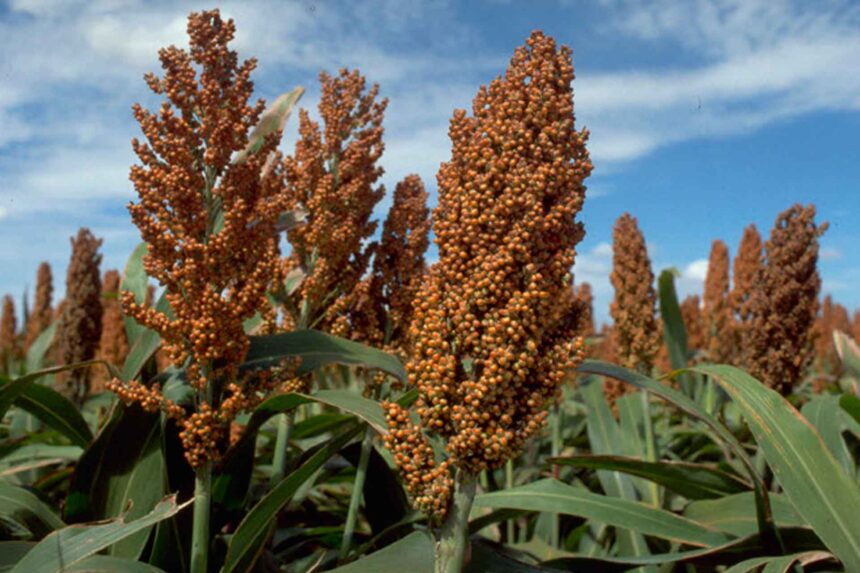When growing sorghum in South Africa, there are several infections and diseases that you should watch out for. Here are some of the common ones:
- Anthracnose (Colletotrichum sublineolum): Anthracnose is a fungal disease that affects sorghum plants. It causes dark, sunken lesions on leaves, stalks, and panicles. Infected plants may exhibit reduced yield and quality. Fungicides and resistant sorghum varieties can help manage this disease.
- Grain mold (Fusarium spp. and Curvularia spp.): Grain mold fungi can infect sorghum grains during humid conditions. Infected grains may appear discolored, shriveled, or covered in fungal growth. Proper storage and drying techniques can minimize grain mold development.
- Ergot (Claviceps africana): Ergot is a fungal disease that affects sorghum heads, resulting in the formation of dark purple to black fungal bodies called sclerotia. Infected grains may have a sticky appearance and reduced quality. Crop rotation and removal of infected heads can help control ergot.
- Downy mildew (Peronosclerospora sorghi): Downy mildew is a common disease in sorghum, particularly in humid and cool conditions. It causes yellow to orange lesions on leaves, along with a grayish-white, cottony growth on the lower leaf surface. Resistant varieties and fungicides can be used for management.
- Maize streak virus (MSV): MSV is a viral disease that affects various grasses, including sorghum. It is transmitted by leafhoppers and can cause yellow streaking and chlorosis on leaves, stunted growth, and reduced yield. Planting virus-free seed and controlling leafhopper populations can help prevent MSV.
- Striga (Striga spp.): Striga, also known as witchweed, is a parasitic plant that attaches itself to the roots of sorghum plants, depriving them of nutrients and water. Infected plants may exhibit stunting, wilting, and reduced yield. Crop rotation, intercropping, and resistant sorghum varieties can aid in managing Striga.
It’s important to regularly monitor your sorghum crop for signs of these diseases and infections. Proper crop management practices, including selecting resistant varieties, practicing crop rotation, maintaining good plant hygiene, and implementing integrated pest and disease management strategies, can help minimize the impact of these threats on your sorghum crop. Local agricultural extension services can provide specific recommendations tailored to your region in South Africa.







